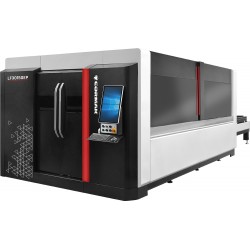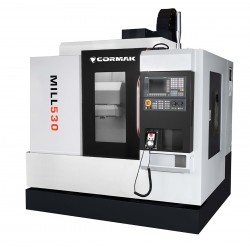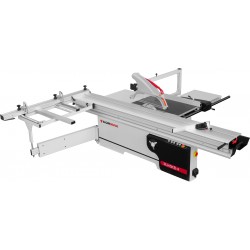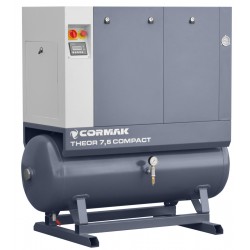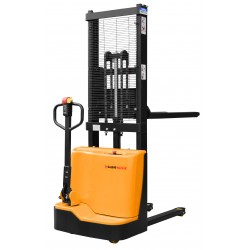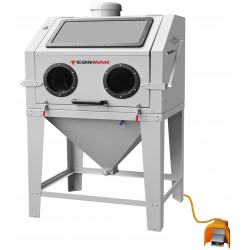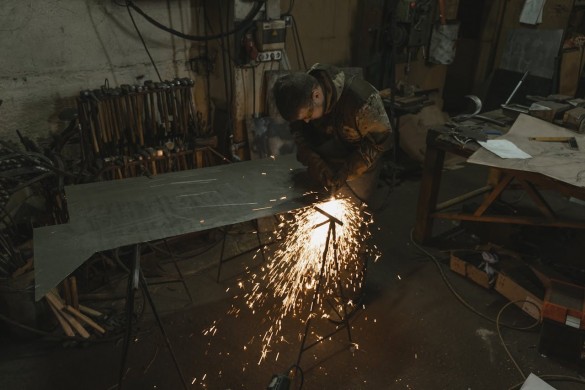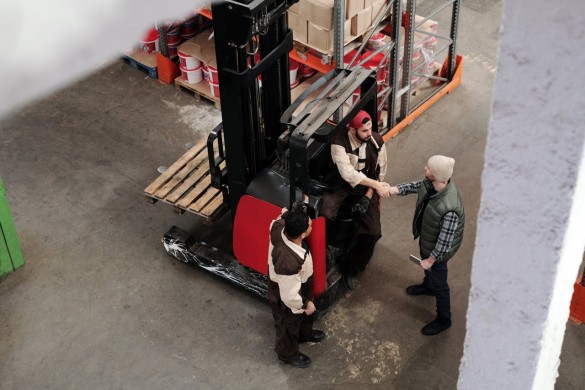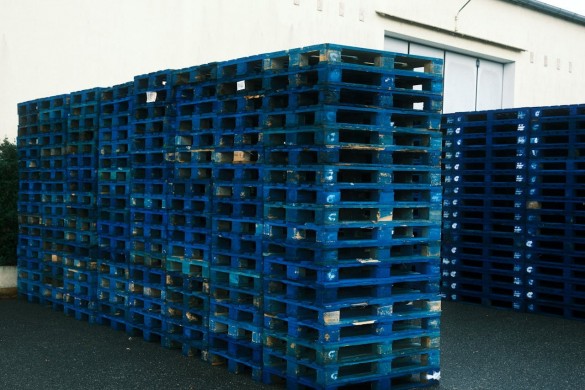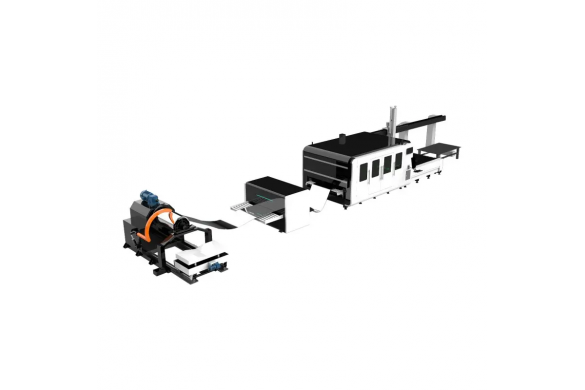What is laser ablation?

Laser ablation is a modern material processing method that has gained popularity in many industries, from metalworking to medicine. This technology, based on the precise use of light energy, enables the removal of material layers, surface cleaning, and accurate shaping of forms. Thanks to laser application, ablation is characterized by high precision, minimal impact on surrounding materials, and the ability to process even difficult substances. But before we go into detail, let’s answer the question: what is laser ablation?
Laser ablation – definition and operating principle
Laser ablation involves removing material from a surface using a focused light beam. Lasers emit high-intensity radiation, which heats the material’s surface, causing it to vaporize or melt. It’s an effective solution that allows for removal of rust, paint, contaminants, or other unwanted layers. Depending on the type of laser and material used, the process may vary.
Laser ablation – applications in different industries
Laser ablation has a wide range of applications in industry. Cleaning lasers, such as those offered by the industrial machine manufacturer, are becoming standard in many sectors, including automotive, construction, and metal processing. Thanks to laser ablation technology, it is possible to quickly and efficiently remove rust, paint, or residues from steel surfaces, ensuring high-quality treatment and minimal damage to the substrate.
This technology is also used in precise material processing. Combined with appropriate metalworking machines, laser ablation allows the creation of accurate patterns and shapes on various materials. Many sectors, such as electronics, rely on such solutions to fit components precisely into complex devices.
Laser material ablation – technology and benefits
One of the main uses of laser ablation is laser material ablation, which enables the precise removal of layers or surface shaping. As a result, this method is used across industries – from metal processing to medical device manufacturing. The ablation process may include cutting, material removal, or engraving fine patterns that require high precision.
A good example of industrial application is cleaning lasers. These devices effectively remove contaminants, rust, and paint, and thanks to precise control, ensure safe material treatment without causing damage.
Use of laser technology in industry
Laser ablation is one example of advanced laser technologies, used for a wide range of applications – from precise cleaning to material processing and medical procedures. Laser and plasma technologies continue to evolve, offering new possibilities that change how manufacturing and material treatment are carried out.
Conclusion
Laser ablation is an advanced technology that revolutionizes production and material processing. Its use across various sectors such as metal industry, medicine, and electronics enables fast, efficient, and precise cleaning, cutting, and surface shaping. Laser material ablation is gaining popularity due to its versatility and effectiveness.

